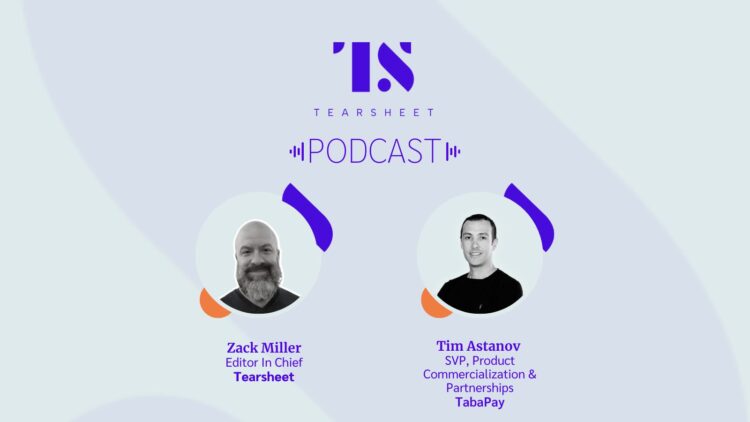Podcasts
‘I think same day ACH is going to be in trouble’: TabaPay’s Tim Astanov
- With RTP moving in, the choice of which payment rails to use and their cost/revenue profile matter even more.
- TabaPay's Tim Astanov joins us on the podcast to discuss payment trends, more and better choices, and how he sees monetization efforts around RTP shaping up.








